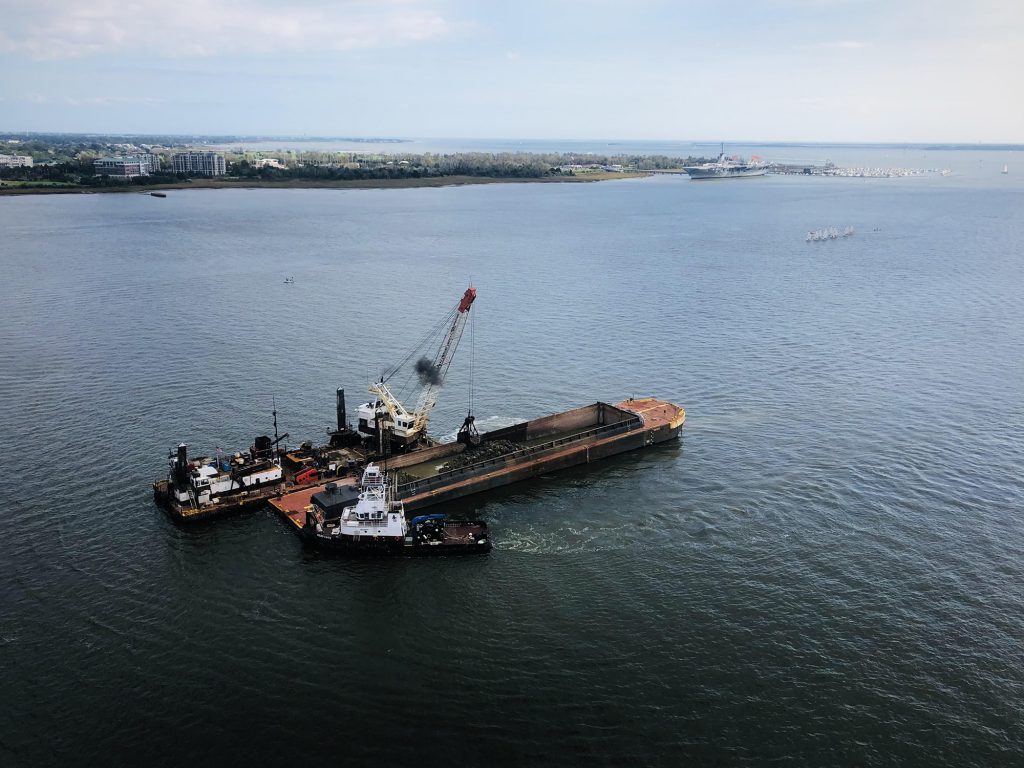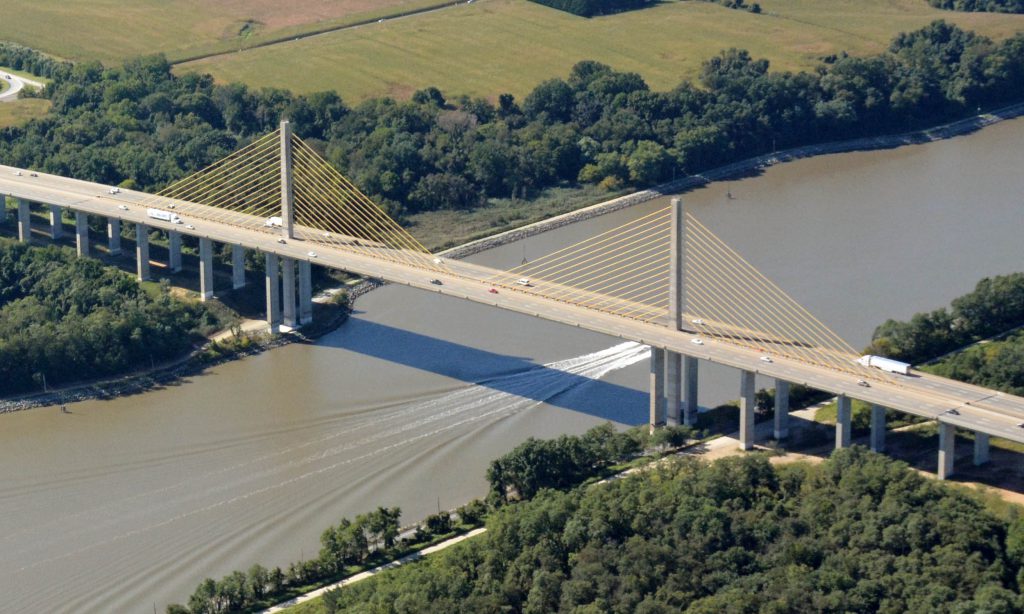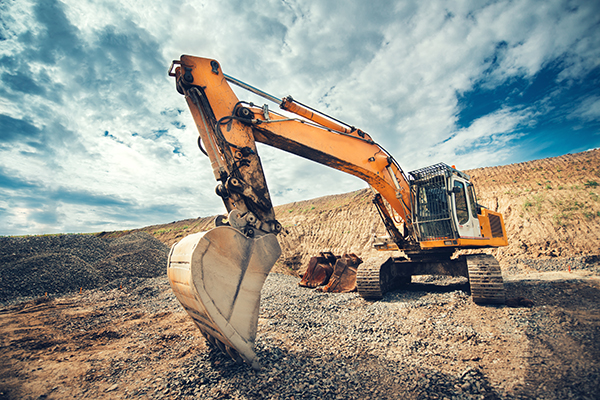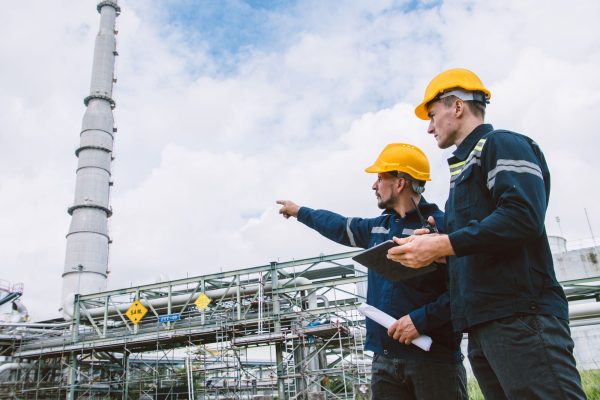By Deniece Peterson and Cooper Stevenson, Deltek (Guest Contributors)
The passing of the Infrastructure Investment and Jobs Act (IIJA) at the tail end of 2021 for the amount of approximately $1.2 trillion, which included approximately $550 billion to already-planned infrastructure appropriations, has spurred action and development on projects across all levels of government. Now that several months have passed since the passage of that bill, we have seen some more clarification about where that funding will end up and which projects are likely to benefit.
In total, the bill adds roughly $500 billion to already-planned infrastructure appropriations. A significant portion of that funding will transfer to state, local, and tribal governments; industry; and individuals. Most of the overall funding will be distributed out over the course of five years, making now an excellent time to start planning strategies to take advantage of that spend.
Deltek’s research team has been tracking IIJA spending for some time, and recently identified some of the core areas where IIJA funding is expected to flow down, from federal government agencies to state and local entities.

Federal Government Infrastructure Spending
The IIJA effectively doubles the amount of planned infrastructure spending, spread across the course of five years, which will distribute funding to both currently existing and newly planned infrastructure programs. It may take longer for the newer programs to become fully developed. Businesses involved in federal government contracting should keep an eye on the FY2023 federal budget request, which will help to reveal more information about related investments.
These are the levels of total funding, across all years of the IIJA, for the five most well-funded categories:
- Roads, Bridges and Major Projects – $325.7 billion
- Public Transportation – $82.6 billion
- Clean Energy and Power – $75.0 billion
- Broadband – $64.4 billion
- Water – $64.3 billion
Of the various federal departments, the Department of Transportation will by far see the most funding flow through, at a total of $565.6 billion total funding across all years. The Department of Energy ($74.9 billion), Environmental Protection Agency ($60.9 billion), and Department of Commerce ($51.2 billion) were the three next most prominent agencies represented, making government contracting opportunities from these agencies ideal for businesses to target.

State and Local Infrastructure Spending
As states, cities, and counties look for how they can get a piece of the pie and attack local infrastructure needs and priorities, a few focus areas in particular are coming to the forefront. Companies focused on state and local government contracting should take note of two areas of the IIJA that were also mentioned prominently this year in governors’ agendas across many different states – broadband and roads/bridges. Specifically with broadband, much more attention as a result of the coronavirus pandemic and subsequent pivot to remote work and learning highlighted the “digital divide” where many rural residents did not have access to reliable broadband. The IIJA funding also was able to provide the necessary push to enable more projects to improve state roads and bridges, and create new jobs and areas of opportunity in the process.
These five spending areas on new programs were the top categories represented at the state level of government:
- Roads, Bridges, and Major Projects – $47.0 billion
- Broadband – $46.2 billion
- Clean Energy and Power – $33.2 billion
- Airports and Federal Aviation Administration Facilities – $20.0 billion
- Resilience – $33.2 billion
And these five areas are those at the local government level that stand to see the most funding for new programs:
- Clean Energy and Power – $27.9 billion
- Roads, Bridges, and Major Projects – $20.05 billion
- Electric Vehicles, Buses and Ferries – $7.7 billion
- Safety – $3.35 billion
- Passenger and Freight Rail – $3.0 billion
Regardless of whether companies are focusing on the federal, state, or local levels as they assess where they can partner with government agencies on infrastructure-related activities, there are steps they can take to more easily find government contracts that fit their offerings. Determining which agencies and programs best align with their business’s own core competencies will help them best take advantage of the spending coming from the IIJA.
Share Your Expertise With SAME
SAME invites A/E/C and related industry professionals, academics, uniformed servicemembers, and government leaders to submit news articles sharing their insights and thought leadership on timely topics. Read our Writer’s Guidelines and submit your own article for consideration at the links below.
-

- Type
- Business Development, Education and Training, Guest Posts, Industry-Government Engagement, SAME National News, SBC
Guest Post: Six Trends for Federal and SLED Contractors to Watch in 2025
-

- Type
- Business Development, Education and Training, Guest Posts, Industry-Government Engagement, SAME National News, SBC
Guest Post: Build Your FY 2025 Pipeline with Top A/E/C Opportunities
-

- Type
- Business Development, Education and Training, Guest Posts, Industry-Government Engagement, SBC
Guest Post: Project Management and AI Challenges in 2024-25
